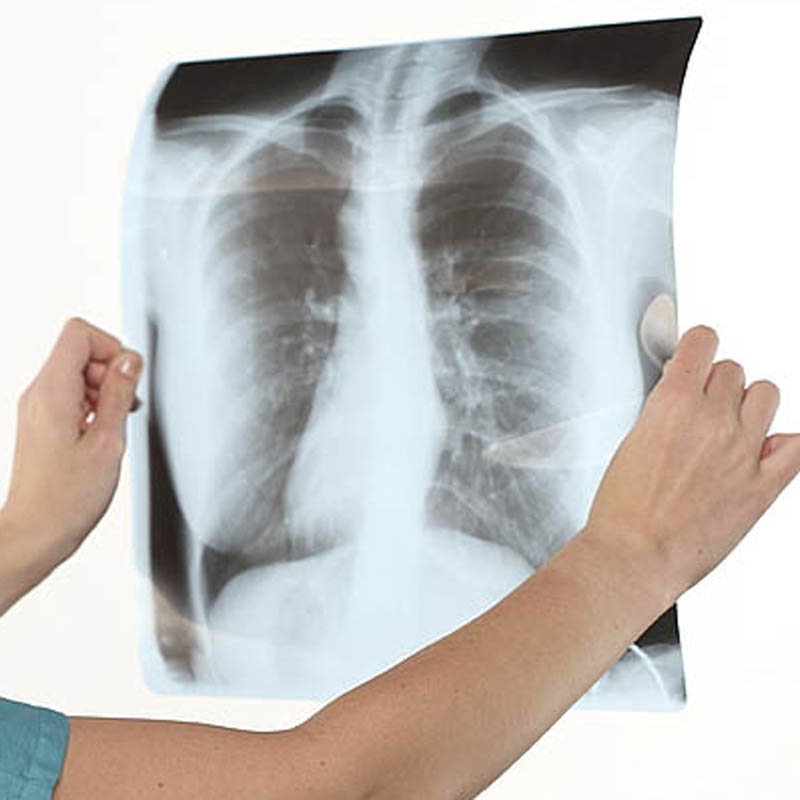Chronic obstructive pulmonary disease, or COPD, isn’t a single disease with a single set of symptoms. COPD is, according to the COPD Foundation, a name that broadly describes several progressive lung diseases, including emphysema, chronic bronchitis, and refractory (non-reversible) asthma. People with COPD generally have more than one of these diseases at the same time.
While many people with COPD dismiss their symptoms as a normal part of aging, it’s important to identify when you should seek medical help. Though COPD is a progressive disease with no cure, treatment can help improve and elongate quality of life.
Early Detection Is Important
COPD is a disease that can exist in the body for years without manifesting any warning signs. However, early detection of the disease can help preserve lung function and prevent damage.
When symptoms do appear, they most often include ones that match other common conditions, like the common cold. The COPD Foundation writes that COPD often first starts with an ongoing cough that produces a great deal of mucus, but symptoms can also include pain and tightness in the chest, shortness of breath, and a wheezing sound when breathing, all of which are worsened by physical activity. You may also get sick more often with colds and flu.
One of the most common ailments COPD is mistaken for is asthma. Both conditions exhibit similar symptoms, and, according to the National Institutes of Health, 40 percent of people with COPD also have asthma — making it quite difficult to tell the two apart. Both COPD and asthma can bring shortness of breath, hyper-responsiveness in the airways, and difficulty breathing with physical activity. And Healthline writes that asthma is considered a risk factor for COPD, meaning you could find yourself diagnosed with COPD if you suffer from asthma.
Because the symptoms of COPD so closely mimic those of other conditions, this illness can be difficult to diagnose. Talk with your doctor if you’re experiencing the symptoms above, or visit the emergency room if you have severe difficulty breathing or talking, a blue or gray tinge to the nails, rapid heartbeat, or confusion.
How COPD Is Diagnosed
The first step in dealing with COPD and understanding what steps you need to take to improve your health is getting a diagnosis. You need to see a doctor to determine whether your symptoms are another respiratory disease, an illness, or nothing to worry about. And because COPD progressively worsens over time, you’ll want to see a doctor right when symptoms begin to appear.
If your doctor suspects you have COPD, he or she will perform a test called spirometry. This involves blowing into a special tube that analyzes your lung function. You’ll also have a complete medical exam as well as a chest X-ray. Once you’ve completed all of the tests your doctor orders, he or she will be able to determine whether or not you’re suffering from COPD.
Can COPD Be Treated?
COPD isn’t curable, but there are plenty of treatment options available to help you live comfortably.
The most important thing to do if you have COPD is to quit smoking. Using tobacco exacerbates the symptoms of COPD and speeds its progression. Your doctor will prescribe medications that open your airways and make it easier to breathe. Severe COPD is often treated with oxygen therapy. Your doctor may also refer you to pulmonary rehabilitation, where you’ll learn about steps you can take to control the disease.
While COPD is severe, it’s also preventable. The disease is caused by smoking, with more than half of smokers over 60 developing COPD. The longer you’ve been smoking and the more often you smoke, the higher your risk for COPD. It’s also more common in those with a family history of the disease, those with asthma, and those who were born prematurely.
If you’re concerned about your risk for COPD or think you may have symptoms, talk with your doctor right away. The disease progresses, so you should start treatment as soon as possible. In the meantime, quitting smoking is the most important thing you can do for your lung health.
